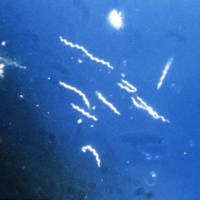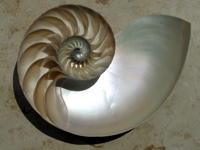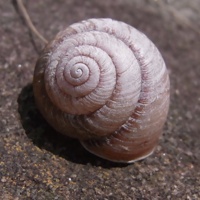One-Dimensional Symmetries
One-dimensional symmetry group1D point group: bilateral symmetry
This is reflection without translation: O(1). It is usually left-right symmetry relative to the main body axis or structural axis.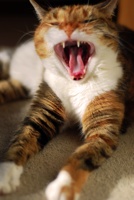
Cat Yawning: it is almost universal in the animal kingdom. 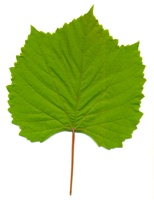
Grape leaf: many plant leaves have this symmetry. 1D space groups: line
Continuous with reflection: E(1), without reflection: SE(1) or T(1). Discrete wtih reflection: infinite dihedral D, without reflection: integers under addition Z.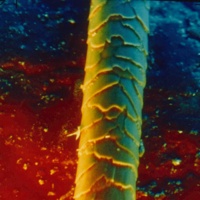
Dog hair: symmetry: ~ E(1). Scales are ~ Z, from their direction 
Corn plants: stem symmetry: SE(1). Leaf locations are Z, from their direction 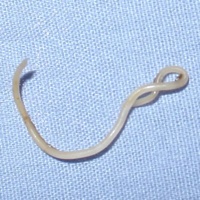
Canine roundworm: most of it outwardly has symmetry E(1) 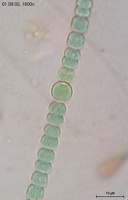
Anabaena cyanobacterium: symmetry is the infinite dihedral D Helix
Logarithmic spiral, cone
Frieze groups
The 7 frieze groups (Wikipedia) are discrete linear groups with additional symmetries in a second direction. They can be extended into three dimensions as the 13 infinite families of line groups, with 75 rod groups as regular-lattice subgroups. The previous discrete examples have mostly been p1, with Anabaena being p1m1.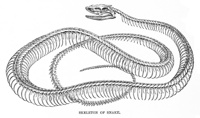
Snake skeleton: vertebrates are segmented, with symmetry p11m 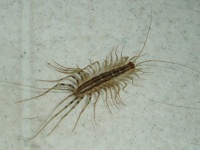
House centipede: arthropods are segmented, with symmetry p11m 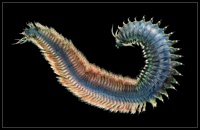
Polychaete worm: annelids are segmented, with symmetry p11m 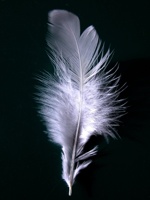
Feather: around the shaft, the barbs have symmetry p11m 
Fern: The fronds have symmetry p11m to p11g 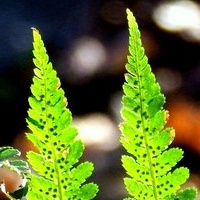
Fern closeup: The leaflets also have symmetry p11m to p11g 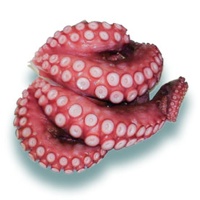
Cooked octopus: the suckers on the arms have symmetry p2mg
Two-Dimensional Symmetries
2D point groups: rosette groups
Point groups in two dimensionsWhat Discrete (n-fold) Continuous Rotations C(n) - cyclic SO(2) Rot + Reflections D(n) - dihedral O(2) The number n is how many times to repeat a rotation before reaching the identity. The case n = 1 is degenerate; C(1) is the identity group, and D(1) is reflection only, like bilateral symmetry.
They can be extended into three dimensions as the prismatic groups.

Starfish: many starfish and other echinoderms have symmetry D(5) 
Octopus: arms have symmetry D(8) 
Squid: short arms have symmetry D(8), long arms D(2) 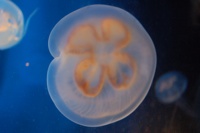
Jellyfish: has symmetry D(4); other cnidarians have D(4), D(6) or D(8) 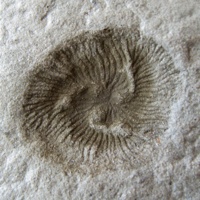
Tribrachidium: has symmetry C(3) -- no reflections 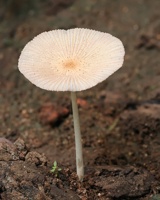
Mushroom: has symmetry O(2) 
Morning Glory: it and many other eudicot flowers have symmetry D(5) 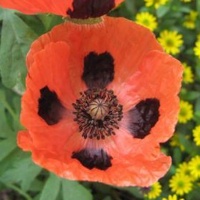
Poppy: some eudicot flowers have symmetry D(4) 
Sunflower: some eudicot flowers have symmetry D(large) 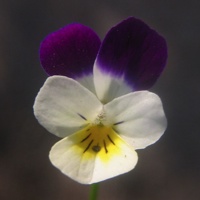
Pansy: eudicot; flower symmetry D(5) broken to bilateral D(1) 
Day Lily: it and many other monocot flowers have symmetry D(3), weak D(6) 
Daffodil: monocot; symmetry D(3), close to D(6) Discrete 2D space groups: wallpaper groups
The 17 wallpaper groups (Wikipedia) are discrete groups with translational grid-based symmetries. They also have grid-preserving rosette-group symmetries. They can be extended into three dimensions as the 80 layer groups.
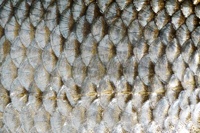
Fish scales: scales often have symmetry cm: rhomb/rect-ctr + bilateral D(1) 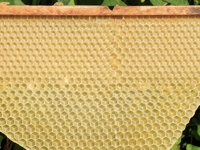
Honeycomb: made by honeybees, with symmetry p6m: hexagonal + D(6)
Three-Dimensional Symmetries
3D point groups: crystallographic
Point groups in three dimensions. These come in two types: prismatic or axial, and Platonic or quasi-spherical.Prismatic, axial:
Rel. Frieze Refl Discrete (n-fold) Continuous p111 C(n) SO(2,planar) p11m X C(n,h) SO(2,planar)*O(1,axial) p11g X S(2*n) SO(2,planar)*O(1,axial) p1m1 X C(n,v) O(2,planar) p211 D(n) O(2,planar-axial) p2mm X D(n,h) O(2,planar)*O(1,axial) p2mg X D(n,d) O(2,planar)*O(1,axial) The rosette-group examples here are 2D projections of C(n) and C(n,v).
Platonic, quasi-spherical:
- Tetrahedral: T, Th, Td
- Octahedral: O, Oh
- Icosahedral: I, Ih
- Continuous: SO(3), O(3)
In order,
- Name
- Version with rotations only (chiral)
- Version with reflections made by multiplying rotations by -1 (inversion)
- Version with other sorts of reflections (tetrahedral only; all the other shapes are inversion-symmetric)
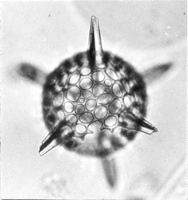
Hexacontium enthacanthum radiolarian: octahedral symmetry Oh 
S-PM2 bacteriophage: many viruses have icosahedral symmetry Ih Discrete 3D space groups: crystallographic groups
The 230 crystallographic space groups are a 3D version of the wallpaper groups, with translational grid-based symmetries and grid-preserving point-group symmetries. Plant tissues, like wood, are sometimes close enough to regular to approximately fit some of these groups.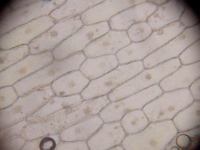
Onion cells: semiregular gridlike pattern
Fractal Symmetries
A fractal is a self-similar object with a self-similarity dimension that need not be an integer. Starting at scale L, construct a new scale, L/n, that is smaller by n. Count the number of times N that the scale-L/n version of the object appears in the scale-L version. The fractal dimension D one finds from N = n^D. Approximate fractals appear in branched structures of organisms like tree branches, blood vessels, air vessels, sap vessels, etc.
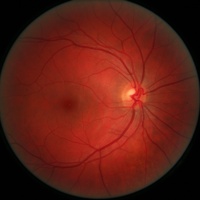
|
| Human retina: the blood vessels have a fractal dimension around 1.7 |
